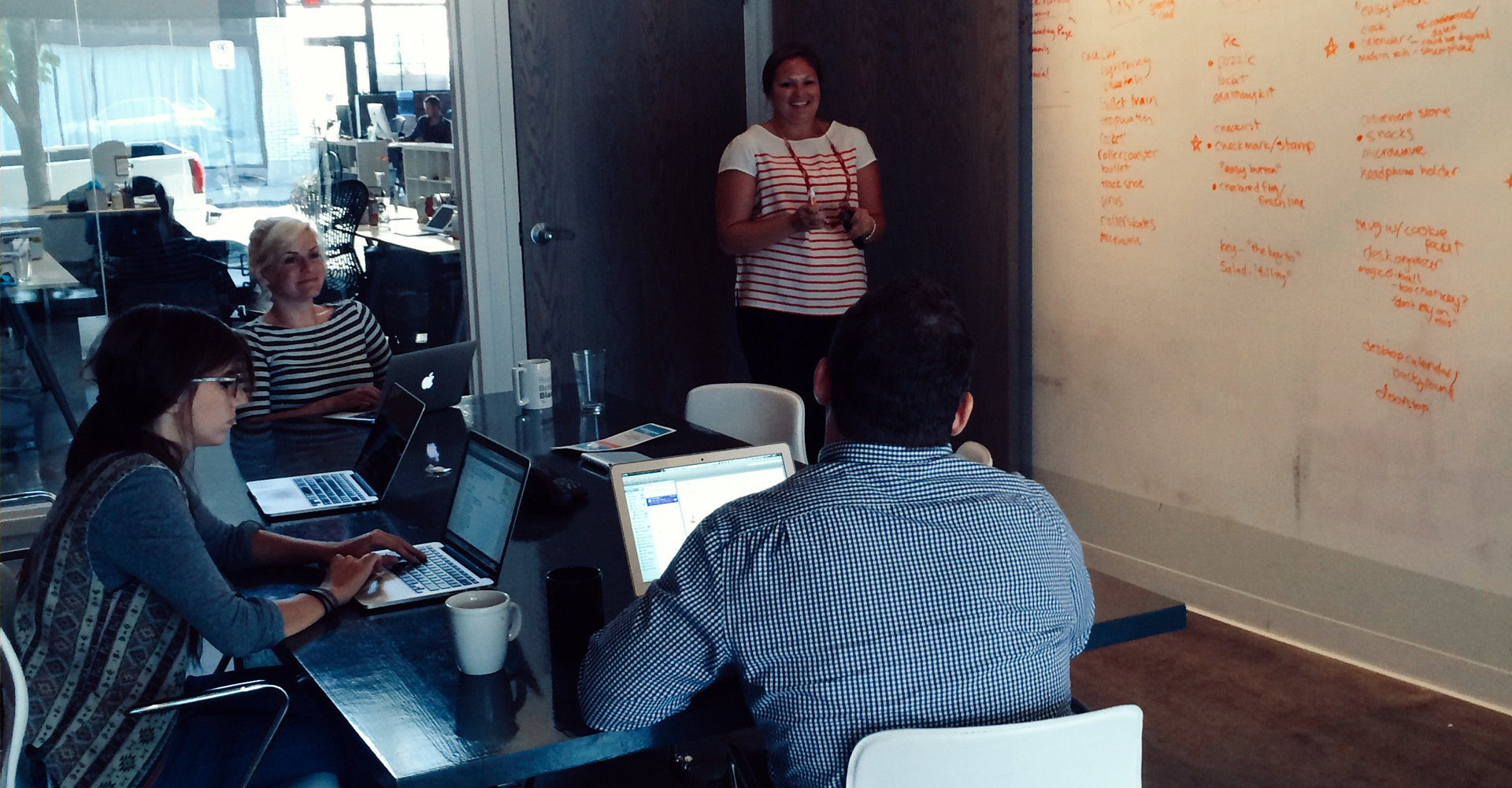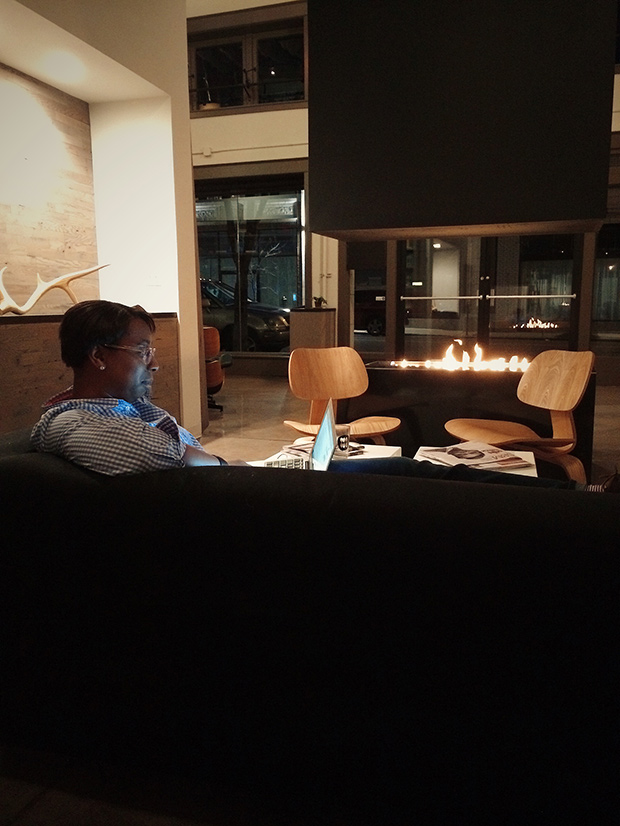On Culture
I wanted to take a minute to talk about something that is very important to me: culture.
Atomicdust and myself were recently featured in an article by the St. Louis Business Journal about millennials, and how companies are attempting to cater to this generation as they enter the workforce. Specifically, they wanted to know how we’ve adapted our environment to be more attractive to millennials.
The truth is, we really haven’t.
As most everyone who might read this blog post knows: Atomicdust is a creative agency. Our days are spent writing and designing for our clients. Every day, we produce work we’re proud of that makes an impact on our clients’ businesses. That first part is especially important to us. We want to be proud of the work that we do and the clients we take on. It’s important to our culture. Feeling proud of what we do every day is a benefit that can’t be measured monetarily.
There are countless clichés about agency culture, from Nerf gun fights to beer kegs in the office. Since we started the agency 14 years ago, we’ve always tried to avoid representing it as “wacky.” With a name like Atomicdust, it’s not always easy. We don’t have dogs in the office, or ping pong tables. (Although we did just find a badminton set in our storage room.)
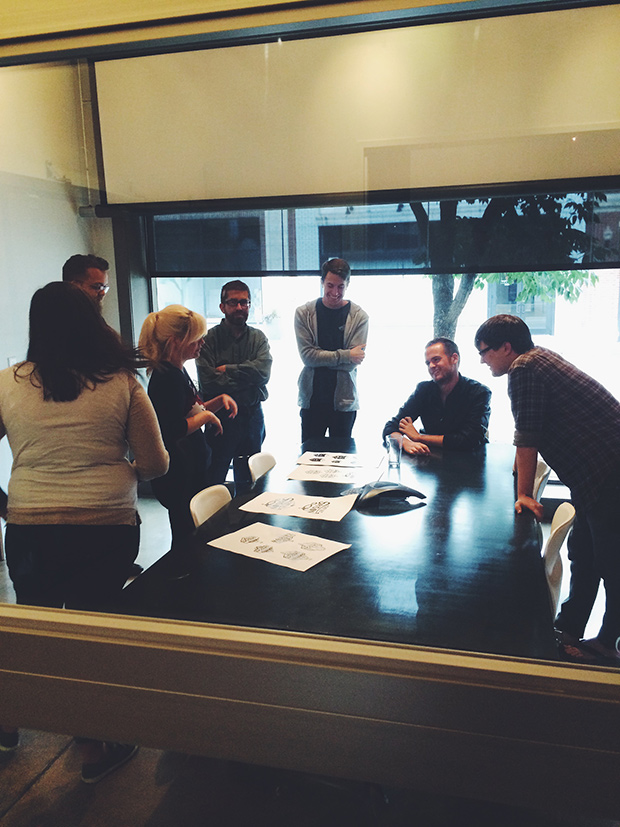
We’re very serious about the work we do. We stress about creative ideas. We argue with each other about positioning language for clients. We fight like hell to meet deadlines. Most days, there is far more work than play.
We hire people that don’t need to be managed.
With millennials – or any generation – I’ve learned the best way to manage people is to hire adults that don’t need management. While 90 percent of our staff is under 35, we don’t work with children. We hire very rarely. We are not a good fit for someone that needs to be told what to do every hour of the day. Like most professional service firms say in their clichéd positioning language: “Our people make us unique.” No matter what year they were born in.
Sometimes people need to work from home, or roll in late, or wear T-shirts. I really don’t care where good ideas come from, or what you’re wearing when you have them. I care about making the most amazing work we can.
We take our pleasure seriously.
As I’ve said before, I am a huge fan of famed designers Charles and Ray Eames. I not only like the style of the work they produced in the 1960s, I admire their studio’s culture. As one of the first B2B branding firms (in my opinion), they worked with conservative clients like IBM to visually articulate complex ideas decades before society was ready for them. They also laughed together, made films, painted, and (I like to think) enjoyed their time at the office. They pioneered what I think an ideal work environment should be – creative freedom powered by focused, innovative drive.
We want people to think about what a job can be in new ways.
You’re going to spend most of your life at your job, and, presumably, doing work that is someone else’s vision. Millennials, and people of all ages, are starting to actually care about where they work and how they spend their time on earth. It’s more than just a paycheck. It’s a lifestyle. It’s caring. And for a lot of people, caring about what you do, your values and your company’s purpose – that’s more important than a salary.
This isn’t to say that people don’t care about their salaries or career paths (as my quote from the STLBJ article may seem to imply). We all need a salary, and the bigger the better. I simply mean that doing something you love and value should be part of your everyday routine. And young people today are choosing where they work as an expression of their own personal fulfillment. Rather than not caring about their career path, it’s the opposite: they care too much to settle for a company they don’t believe in.
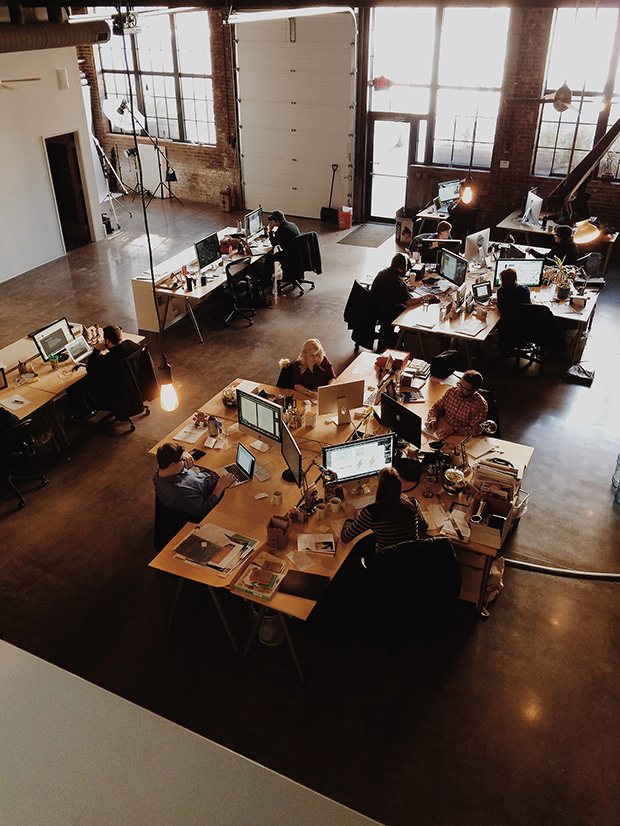
We look at new relationships inside out.
As I mentioned, the STLBJ article’s purpose was to find out how businesses cater to millennials. But do they have to? Preparing for this influx of talented workers doesn’t mean upholding an impressive foosball-table-to-employee ratio. It means thinking about relationships in a mutually beneficial way.
“Companies are going to have to rethink their relationship with their teams with the infusion of these Millennials,” said Spakowski. (STLBJ article)
Allow me to elaborate. It’s not that businesses should try to change something to get millennials to work hard in our organizations. Instead, we should ask ourselves how the organization can benefit from a workforce of smart, connected young people. How can they make us better? What can we learn from them, rather than the other way around?
In short, look for strengths. I once was looking for an office manager, and I had three candidates to consider. I Googled each of them, and I found that one seemed to spend all of her time blogging and hanging out on Facebook and Twitter. I knew if I hired her, that she would probably be on the web all day.
Then it hit me. If I hired her, she would be on the web all day. So we hired her, and over the next five years she taught us how to use social media to promote the hell out of our business. We evolved from an agency that was waiting for the phone to ring to an agency that uses the web as a publishing platform for almost everything we do. On a typical day, we get multiple project requests from all over the country. Changing our perspective on what was traditionally seen as a negative in business was one of the best decisions we’ve ever made. No Nerf gun necessary.
“It makes me feel guilty that anybody should have such a good time doing what they are supposed to do.” – Charles Eames
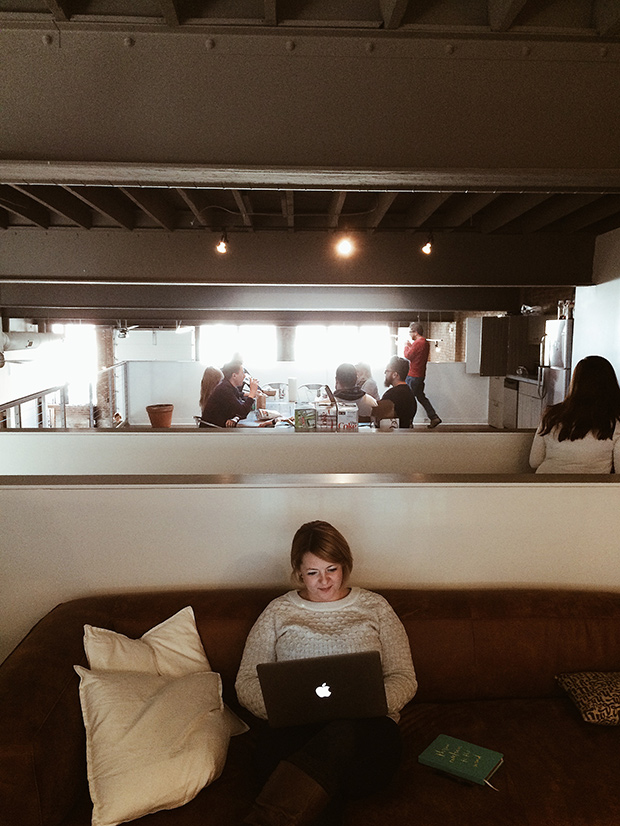
Business is filled with dogma – the results of other people’s thinking. I want to look back and think that we did our best work possible in an environment that we created to best support us. Regardless of anyone’s age.
